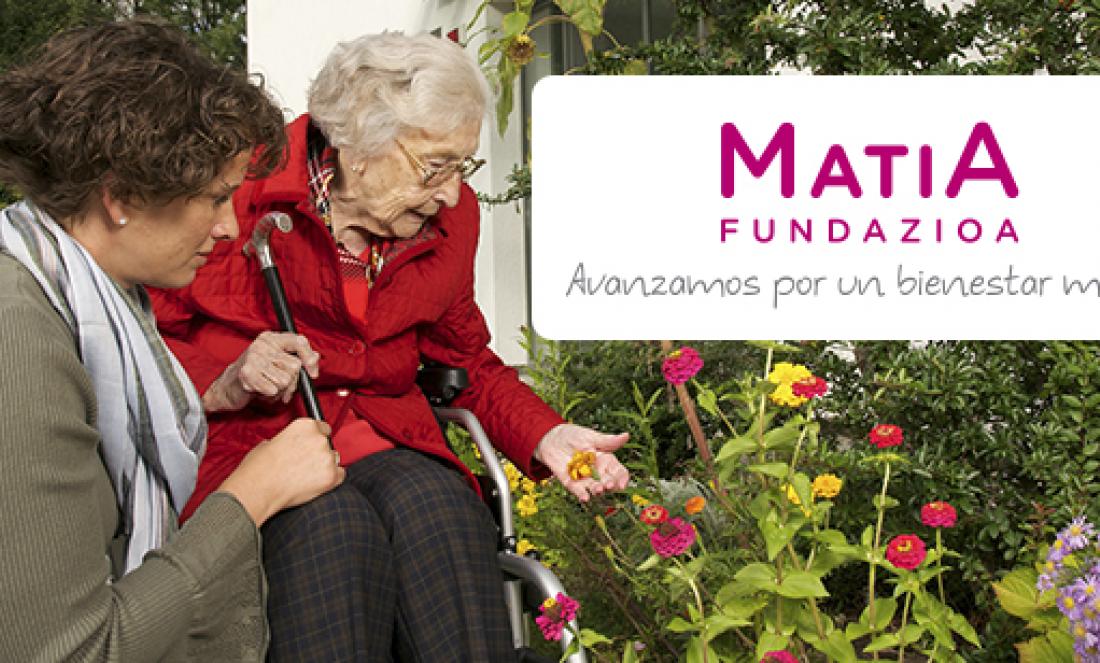
Person-centred care model. Practical notebooks. Notebook 6. Coexistence units for people who need help
Coexistence units are spaces where a group of elderly people in a situation of dependence live and are provided with the support they need for the development of their daily lives.
In these units, the quality of health care is guaranteed but a further step is taken towards quality care.
The aim is to provide a comprehensive quality of life for the person, taking care of aspects such as the preservation of their dignity and the exercise of their rights, taking into account their preferences, their tastes and their rhythms in everyday life, etc. To this end, basic instruments are used for personalised care, such as life history, and effective participation in the care and life plan is ensured.
Between 9 and 15 people with different personal characteristics and support needs usually live in the cohabitation units. Together with the people who live together, the carers or assistants form part of the unit, 2 or 3 in each shift who usually have a stable schedule in the unit.
The structure of the cohabitation units combines "public" and private spaces. In this way, they are usually composed of a common space that includes a kitchen, dining room and living room. A small outdoor area such as a terrace or garden is also highly recommended.
The way of life of the cohabitation units is similar to that of domestic environments. The routines, schedules or activities revolve around those that the people who live in the units have developed in their homes.
The activities should reflect the tastes and choices of the residents and also facilitate the participation of all of them, regardless of their cognitive and functional abilities.
Interpersonal relationships in living units are a key issue In these settings, opportunities for relationships between residents and direct care staff are much more frequent than in other accommodation. It is therefore important that the professionals responsible for the units have time and skills in relation to promoting environments in which satisfactory interpersonal relationships are established between all those involved.
The organisation of the Coexistence Units offers the ideal conditions for the presence and participation of the families. Thus, families can organise activities with residents and staff in the unit; in other cases they can participate in those organised; collaborate in domestic tasks, go for walks, play, comment on current events...etc. The aim is to provide families with the possibility of doing what they could also do in the residents' domestic environment.
Finally, coexistence units should not be closed environments; the outside, both people and environments, should also be part of the life of the unit. Activities in the garden or terrace can offer residents opportunities to balance indoor and outdoor activities.
In summary, through the cohabitation units, the aim is for the dependent persons, in addition to receiving the health care they require, to have the necessary support so that their "life is, to the greatest extent possible, like home".
Click to Download Notebook 6 (The file is in Basque and Spanish)
Visit the other related entries:
Booklet 1: Model of Person-Centred Care. Practical notebooks. Notebook 1. Person-centred attention: What does it consist of?
Notebook 2: Model of person-centred attention. Practical Workbooks. Notebook 2. Person-centred attention: How to put it into practice?
Notebook 3: Model of person-centred attention. Practical notebooks. Notebook 3. How and where I want to be cared for. Person-centred care, a new model of care.
Notebook 4: Person-centred attention model. Practical notebooks. Notebook 4. Professionals New Roles and Attention Teams.
Notebook 5: Model of Person-Centred Care. Practical notebooks. Notebook 5. The Professional of Reference in Centres.

Add new comment